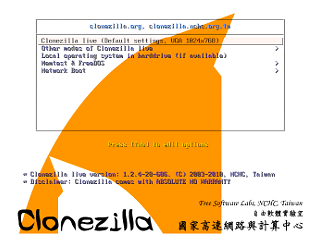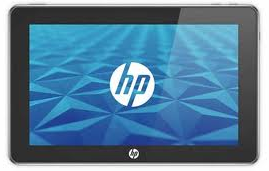IBM’s Systems of Neuromorphic Adaptive Plastic Scalable Electronics (SyNAPSE) project is designing chips that are more like a human brain. The goal, make computers more adaptive and “human-like.”
IBM Brings Brain Power to Experimental Chips
“IBM has created prototype chips that could mimic brain-like functionality, which the company said is an ‘unprecedented’ step forward in creating intelligent computers that collect, process, and understand data quickly.
The prototype chips will give mind-like abilities for computers to make decisions by collating and analyzing immense amounts of data, similar to humans gathering and understanding a series of events, said Dharmendra Modha, project leader for IBM Research. The experimental chips, modeled around neural systems, mimic the brain’s structure and operation through silicon circuitry and advanced algorithms.
IBM hopes reverse-engineering the brain into a chip could forge computers that are highly parallel, event-driven and passive on power consumption, Modha said. The machines will be a sharp departure from modern computers, which have scaling limitations and require set programming by humans to generate results.
‘In today’s computers, there are some key fundamental limitations that are projected to come to an end,’ Modha said. ‘The ever-increasing clock rates are unsustainable. In contrast, the brain is an ultimate computer.’
Like the brain, IBM’s prototype chips can dynamically rewire to sense, understand and act on information fed via sight, hearing, taste, smell and touch, or through other sources such as weather and water-supply monitors. The chips will help discover patterns based on probabilities and associations, all while rivaling the brain’s compact size and low power usage, Modha said.
‘We now have the seeds of a new architecture that can allow us to mine the boundary between the physical and the digital world in an ever more efficient way,’ Modha said.
The chips could help manage water supplies through real-time data analysis and pattern recognition, Modha said. Computers could generate tsunami warnings through a network of sensors monitoring temperature, pressure, wave height and ocean tide. The chips’ cognitive features could help grocers identify bad produce and give smartphones features to better interact with the environment.
IBM and its research partners have already generated some results from the project, such as walking through a maze, playing a game of Pong, or recognizing patterns in data. The researchers are gunning for better results that include image recognition in videos.
IBM has made two prototype chips using the 45-nanometer manufacturing process. Based on traditional circuitry, the chips are organized in a way to recreate the phenomena between spiking neurons and synapses in brains with the help of integrated memory, computation and communication features. The chips use the same basic elements of transistors in microprocessors today, but are wired differently, Modha said.”



 This is AWESOME! Open Source, FREE, and it handles nearly everything that you need for disk imaging! Also, there is a FREE Server Version as well as the regular PC Client Version!
This is AWESOME! Open Source, FREE, and it handles nearly everything that you need for disk imaging! Also, there is a FREE Server Version as well as the regular PC Client Version! Now THIS is BIG NEWS! Hewlett Packard is killing off three of it’s divisions! This may say a LOT about the future! And, by the way, HP WebOS is dead (saw that coming!)
Now THIS is BIG NEWS! Hewlett Packard is killing off three of it’s divisions! This may say a LOT about the future! And, by the way, HP WebOS is dead (saw that coming!) AWESOME! Now I can read my Kindle books in my Jolicloud session on my Acer Netbook! “Wha?!?”, you say? Well, now, if you have Chrome on ANY device, you can read your Kindle books! Witness ye, the…
AWESOME! Now I can read my Kindle books in my Jolicloud session on my Acer Netbook! “Wha?!?”, you say? Well, now, if you have Chrome on ANY device, you can read your Kindle books! Witness ye, the…